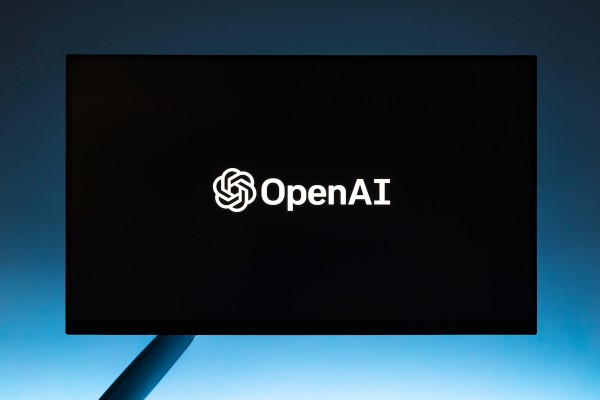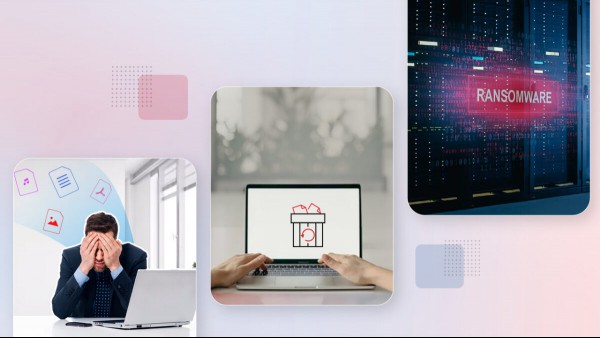Microsoft will remove old drivers from Windows Update: what you need to know
Support for all sorts of devices has always been a strong feature of the Windows operating system. Driver support is baked into the operating system and most devices will work out of the box after installation. Yes, it does make sense to install some drivers manually, as you may be getting better features, better performance, or other benefits out of that.
Microsoft announced plans to clean up the drivers that Windows Update pushes to user devices when the operating system checks for updates. The company says that this is done to improve stability and security, and it has a valid point to a degree.
It plans to remove old drivers. In the first phase only drivers that have been superseded by newer drivers. Often, newer drivers introduce fixes for issues or patch security bugs, and that is likely what Microsoft is referring to in its announcement.
Technically, cleanup means that these drivers are no longer associated with any audience in Windows Update. Since they are not associated anymore, they won't be offered to any device anymore when Windows runs checks for updates.
These drivers will then be removed by Microsoft from Windows Update. Hardware manufacturers may republish expired drivers, but Microsoft says that companies may need to justify the republishing.
Regular spring cleanings
Driver cleanups will run regularly according to Microsoft. It plans to extend the cleanup to other types of drivers, but did not mention any in particular.
Microsoft recommends that hardware manufacturers expire drivers from Windows Update proactively
Impact on users
This behind-the-scenes cleaning won't impact the majority of users. Some users may be impacted, however, in some scenarios. New drivers may, for example, lack support for older hardware devices. Additionally, bugs or issues introduced in newer driver versions may cause issues on some systems.
Windows users may still install drivers manually at any time, provided that they have access to the driver. Most manufacturers provide driver downloads on their sites, at least for still-supported devices. CDs with drivers on them are not as common anymore as they were a decade ago.
Driver download sites on the Internet are another option, but you may want to make sure that they are legitimate before you download anything from them.
Just in case, here is a tutorial on exporting Windows drivers using DISM.
Closing Words
Only time will tell if Microsoft's driver cleaning initiative will indeed be mostly beneficial to Windows users, or if it will introduce issues of its own.
Now You: when was the last time you installed a driver manually? Feel free to leave a comment down below.
RECOMMENDED NEWS

Is Dropbox sending user data to OpenAI? There is an opt out!
Dropbox has been caught in a controversy, after users discovered that an experimental AI-feature ha...

Microsoft configures Windows Copilot to launch automatically on certain setups
Soon, Windows users who start their PCs may be greeted by Windows Copilot's interface when the syst...

Microsoft shows another Bing popup advertisement to Windows users
Microsoft has done it again. This time, the company displayed a popup advertising its Bing search s...

Microsoft Edge's new Instant Updates feature could result in data loss
Most web browsers are set up to download and install updates automatically. What does not happen au...

Understanding Data Loss Risks—and How to Prevent It
You’re working on a very important presentation with a deadline looming, and then your computer sei...

Microsoft appears to have slowed down the Windows Control Panel intentionally in the past
The Windows Control Panel has been an essential part of the Windows operating system. When Microsof...
Comments on "Microsoft will remove old drivers from Windows Update: what you need to know" :